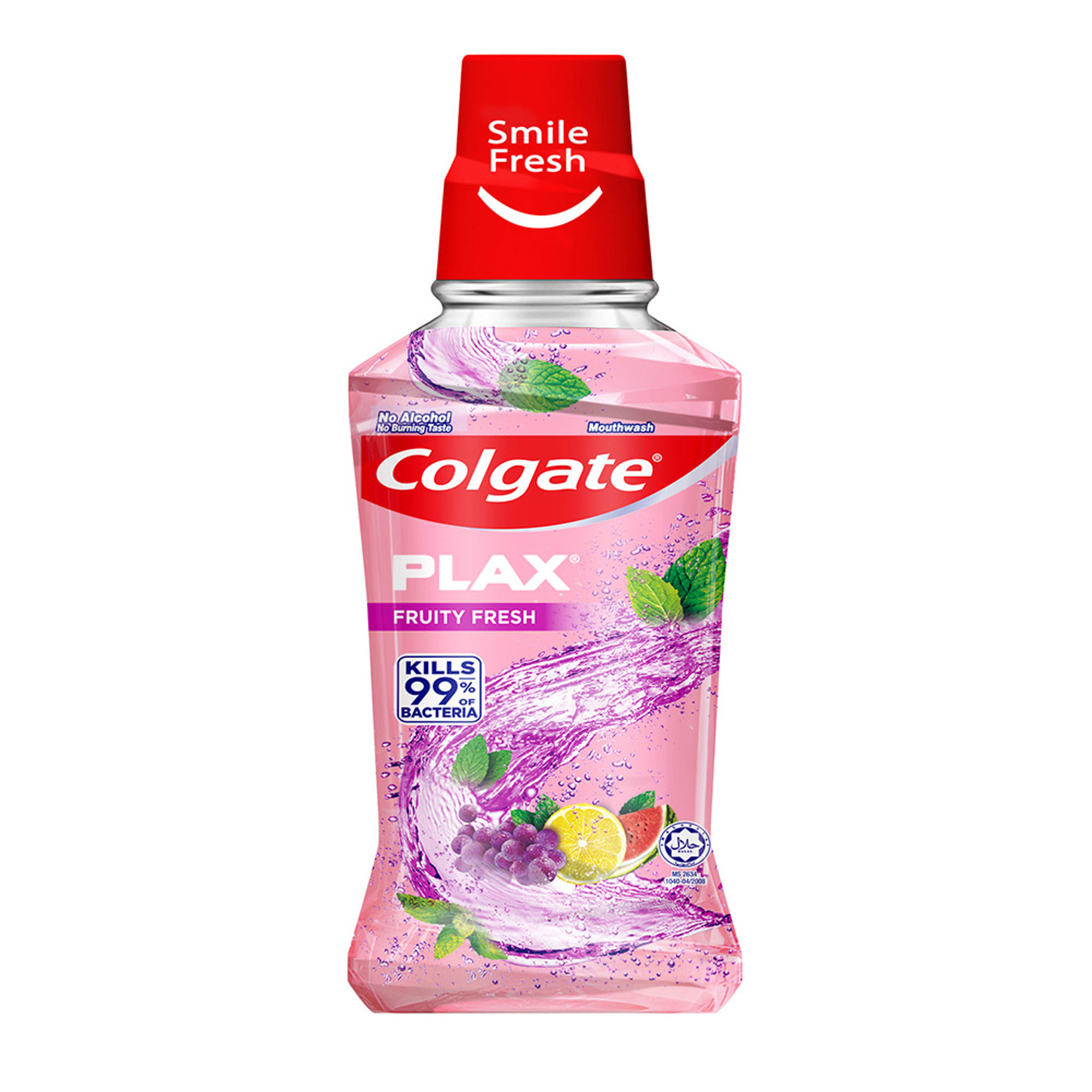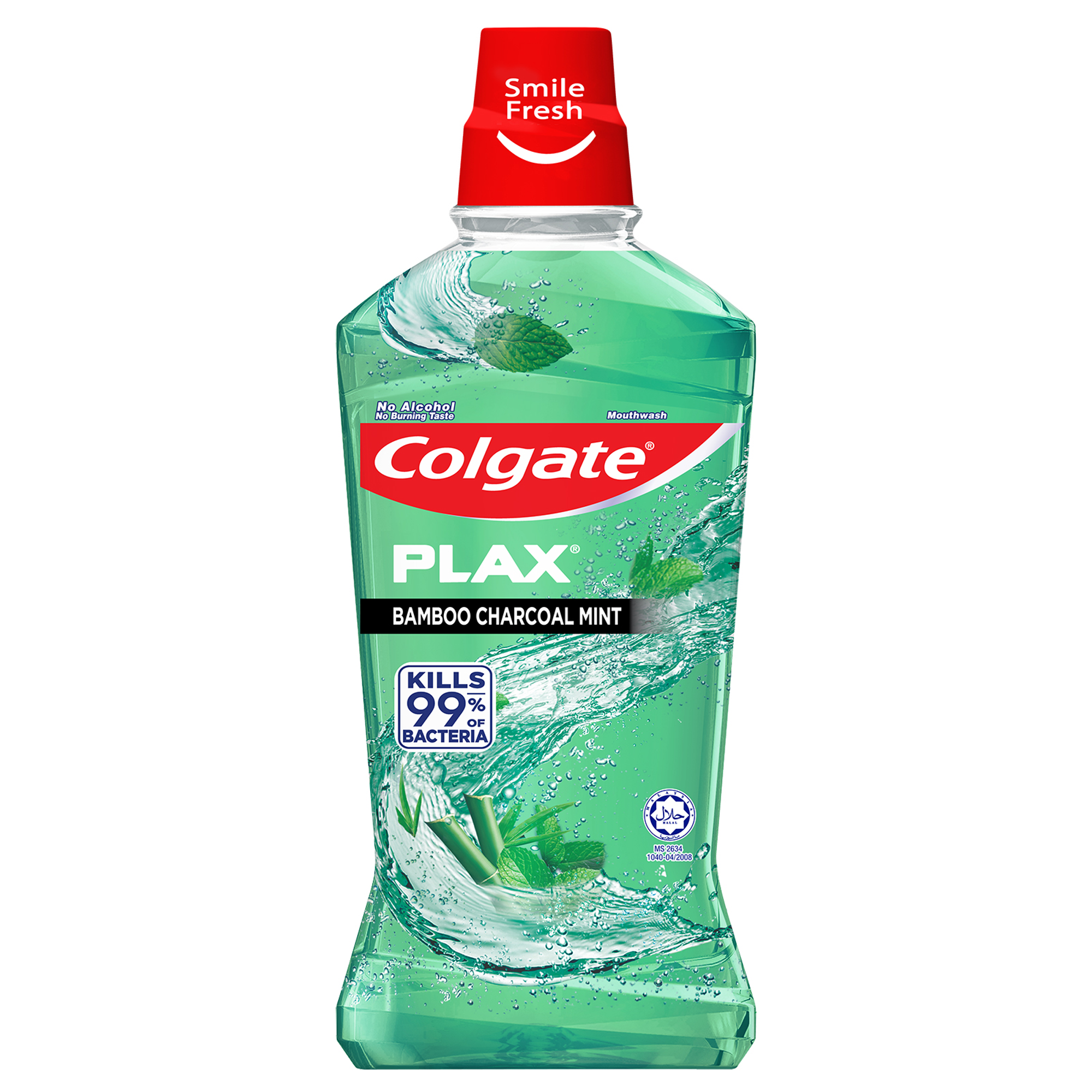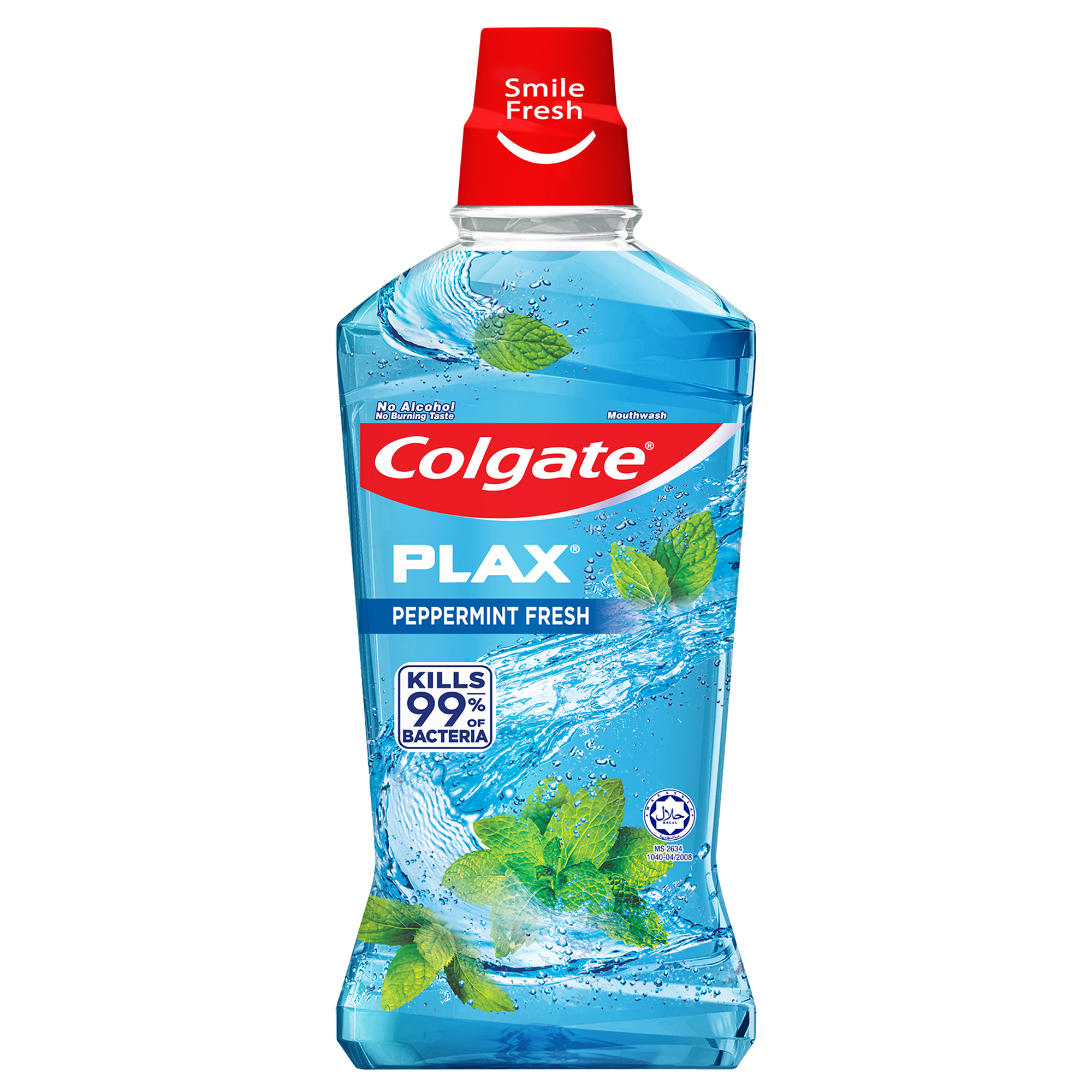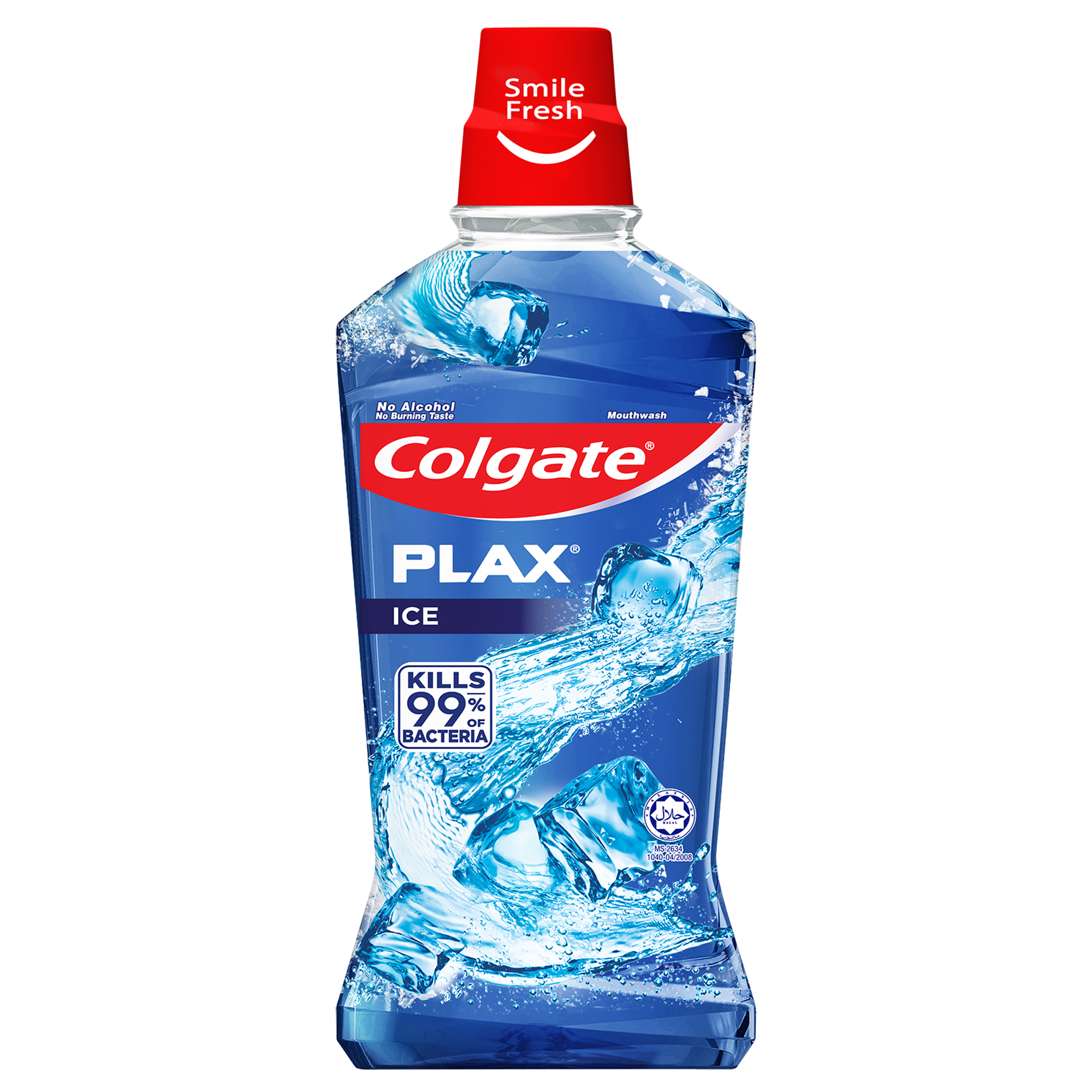- Oral Health and Dental Care | Colgate®
- Oral Health
- 3 Types Of Tongue Blisters And How To Treat Them


Canker Sores
These oral blisters are one of the most common oral problems, and most people experience them at some point in their life. They're usually small, less than one-third of an inch in diameter and form on the inside surface of your cheeks, under the tongue or on your gums – if not on the tongue itself. The sores may be white or yellow in the center with a red border, as described by the Mayo Clinic , or start as painful red spots or bumps that develop into open ulcers.
Canker sores usually carry a general sense of discomfort. And although the pain usually goes away on its own in seven to 10 days, it can take three or more weeks for the ulcers themselves to heal. Canker sores can be caused by emotional stress, hormonal shifts, a lower immune system and Celiac disease. If your mouth sores become infected, however, additional problems such as swollen lymph nodes can arise, so it's best to address mouth sores as early as possible to prevent an infection from worsening. See your doctor if you develop any of the following at the same time:
- Joint pain
- Fever
- Rashes
- Diarrhea
Maintain good oral hygiene through daily brushing and flossing, and rinse your mouth with an antibacterial mouthwash such as Colgate ® Plax Fresh Tea whose properties clean the mouth gently while reducing the irritation to promote quicker healing.
Candidiasis
Also known as thrush, candidiasis is an overgrowth of the Candida fungus, which grows naturally in your mouth. It develops whenever the bacteria protecting your oral tissues are compromised, either through the use of antibiotics, medication-induced dry mouth or ill-fitting dental appliances. Symptoms of oral thrush can include any of the following:
A bad or reduced sense of taste
White, cheesy-looking patches of fungus
Tongue blisters or red, inflamed patches of tissue, often hidden by fungi
Cracked, red areas of skin at the corners of your mouth
Candidiasis usually clears up in seven to 10 days with consistent treatment, according to the American Academy of Oral and Maxillofacial Pathology (AAOMP) . If it extends beyond this time or recurs frequently, however, your doctor may recommend testing for conditions such as diabetes, HIV or cancer.
Physicians commonly prescribe antifungal treatments for candidiasis, either in the form of lozenges or mouthrinses for mild cases or a regimen of tablets for more severe conditions. Over time, patients have been known to develop immunity against these treatments, so doctors are careful about recommending them for every case of the fungus. Nevertheless, maintain good daily oral hygiene, avoid the use of antibiotics unless absolutely necessary and make sure your mouth remains well hydrated. Many prescription products contain minor doses of sodium fluoride to help reduce your risk of these dry mouth-related conditions.
Injuries
Injuries to your tongue can also result in sores resembling tongue blisters. For example, eating crunchy foods such as potato chips, sucking hard candies, biting your tongue or sipping an excessively hot beverage can all cause the tongue to develop blisters, cuts and burns. These may result in painful ulcers that take time to go away, but unless infection develops, they usually aren't a cause for concern.
If your tongue is sensitive and prone to injury, avoid foods that generally cause damage. Practice daily oral hygiene and use warm salt water or a mouthrinse to promote healing and protect the natural bacteria balance in your mouth.

Helping dental professionals
More professionals across the world trust Colgate. Find resources, products, and information to give your patients a healthier future













